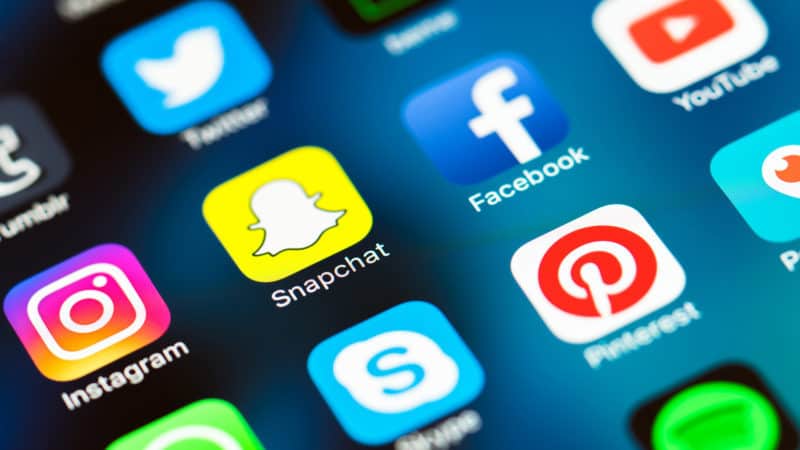
What is the weight of traditional communication in today’s digital world? How can email and social media replace personal communication and how can new technologies “personalize” your message and accelerate your sales?
![bad-news[1]](https://vparagon.com/wp-content/uploads/2017/09/bad-news1-e1506784320328.jpg)
The weight of the different communication methods
Regardless if email, instant notification, sms, telephone call or personal visit, each communication method has its own importance in the new digital world.
Through the internet revolution a lot of importance has been given to all the digital forms of communication.
The truth is that nowadays it is far easier to communicate globally by using all the methods given to us.
But what is the weight of all those different methods, when should we use each one and what impact do they have on the recipient of the message. READ MORE >>>

The biggest mistake businesses make on social media
As a business owner, you’re looking at social media marketing like any other initiative — you’re keen to get involved, but only if it offers clear ROI for your business. And so you go on to make the biggest mistake you could possibly make on social media READ MORE>>>

Objections – the 2 main categories
Objections, Objection handling, sales objections and responses, and overcoming objections in sales is a very deep subject, subject of many sales training programs, which we are going to analyze in future posts and topics.
However, to be able to understand objections and be able to handle them accordingly, we need to understand the 2 main categories that objections are divided into. After that, then overcoming objections is going to be easier than we think.

Why email management kills
Why do leaders, people, and companies create processes to grow if we forget the most important one, “human interaction and mutual understanding”?
I would like to give a typical example, which is a complete exaggeration but as real as life itself.
When anyone begins working at a company, there is a need and urgency to know all aspects of the environment, what and where things are going on. At this stage, we start learning as sponges.

